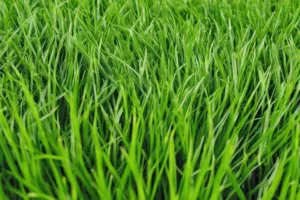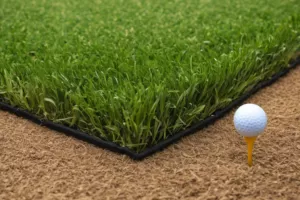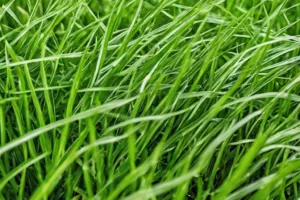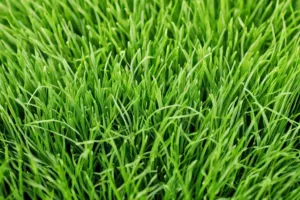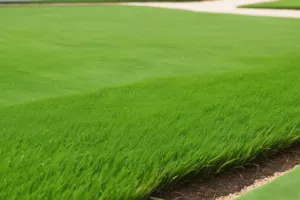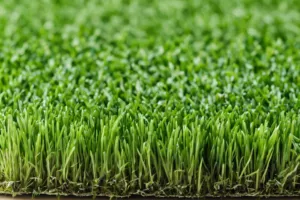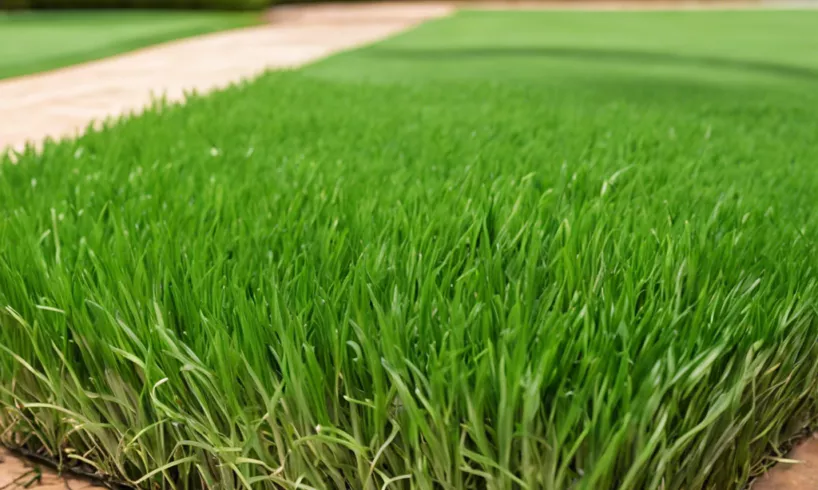
The Heat Tolerance of Zoysia Grass: An Overview
Zoysia grass is a popular choice for many homeowners and landscapers due to its lush, green appearance and its ability to thrive in a variety of environments. One of its most notable characteristics is its heat tolerance. Zoysia grass is well-known for its ability to withstand high temperatures, making it an ideal choice for lawns in warm climates. This heat tolerance is due to several factors, including its deep root system and its ability to conserve water.
Understanding the Heat Tolerance of Zoysia Grass
Deep Root System
Zoysia grass has a deep and extensive root system that allows it to access water and nutrients deep within the soil, helping it to survive in harsh conditions. This extensive root system is one of the key reasons why Zoysia grass is so heat tolerant. In hot weather, while other grasses may wither and die, Zoysia grass can reach deeper water reserves, allowing it to stay healthy and green.
Water Conservation
In addition to its deep root system, Zoysia grass is also efficient at conserving water. It has a slow growth rate, which means it requires less water than faster-growing species. Furthermore, Zoysia grass has the ability to enter a state of dormancy during periods of extreme heat or drought, conserving water and energy until conditions improve. This allows Zoysia grass to survive and recover from heat stress better than many other types of grass.
Considerations for Using Zoysia Grass in Hot Climates
While Zoysia grass is heat tolerant, it’s important to note that it does require some care to thrive in hot climates. It is best to establish Zoysia grass during its active growing season, which is typically the late spring and early summer. This allows the grass to establish its deep root system before the hottest part of the summer arrives.
Additionally, while Zoysia grass is efficient at conserving water, it still needs to be watered regularly, especially during periods of extreme heat. A good rule of thumb is to water Zoysia grass deeply and infrequently, rather than shallowly and often. This encourages the roots to grow deeper into the soil, increasing the grass’s heat tolerance.
Practical Advice for Growing Zoysia Grass in Hot Climates
If you’re considering planting Zoysia grass in a hot climate, here are some practical tips to help you get started:
Choose the Right Variety
There are several different varieties of Zoysia grass, each with its own characteristics. Some varieties are more heat tolerant than others, so it’s important to choose a variety that’s suited to your specific climate. For example, Zoysia japonica is known for its excellent heat and drought tolerance.
Prepare the Soil
Before planting Zoysia grass, it’s important to prepare the soil properly. This includes removing any existing grass or weeds, and tilling the soil to a depth of at least 8 inches. This helps to ensure that the Zoysia grass can establish its deep root system effectively.
Maintain Proper Watering Practices
As mentioned earlier, Zoysia grass should be watered deeply and infrequently. A general rule of thumb is to water the grass until the top 6 to 8 inches of soil are moist. This encourages the roots to grow deeper into the soil, increasing the grass’s heat tolerance.
In conclusion, Zoysia grass’s heat tolerance, combined with its lush, green appearance, makes it an ideal choice for lawns in warm climates. By understanding the factors that contribute to its heat tolerance and following best practices for care and maintenance, homeowners and landscapers can enjoy a beautiful and resilient lawn even in the hottest of conditions.

Bob Green, a passionate lawn care enthusiast with over two decades of landscaping experience, is this website’s proud owner. His vast knowledge of horticulture and dedication to helping homeowners maintain beautiful lawns are reflected in the valuable content he shares on his platform. John has always been interested in Agrostology.









